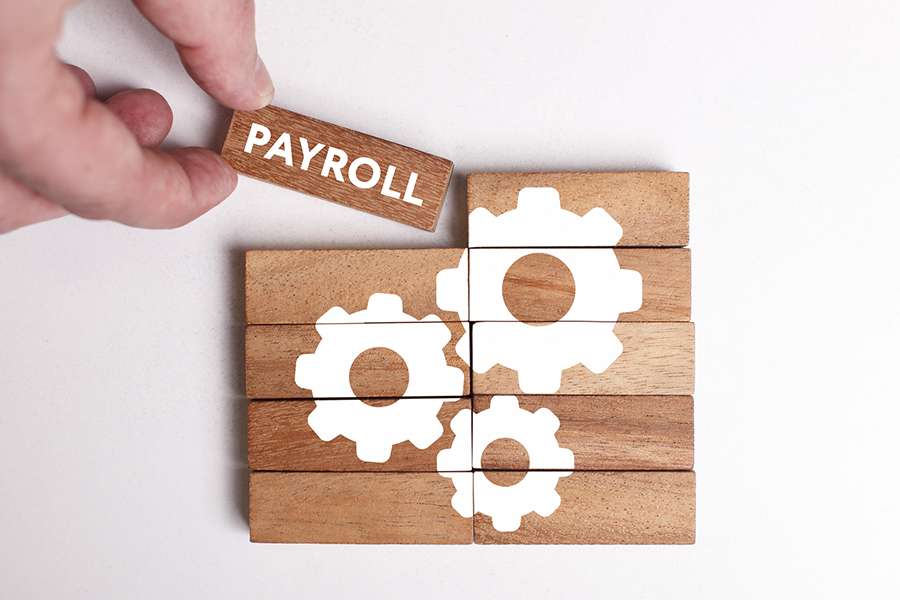Why would someone pay more money than their employees receive to pay their employees? That’s the paradox facing those who contract their payroll out to accounting companies or online services. You can dodge this hassle by handling payroll in-house, but then you’re stuck with a new question.
How does someone do payroll without contracting the task out?
Well, that’s what we’re here to help with. With our guide on how to do payroll, you’ll never need to outsource this task ever again! Before any payments go out the door, however, we need to look at what information you need to collect.
Knowing How to Do Payroll Starts With an EIN and Tax Forms
When starting to do payroll in-house, the first thing you’ll want to do is find the EIN (employee identification number) your business falls under, as well as any ID numbers regarding state tax. The EIN serves as your identification for the federal government in terms of taxation, and you need to have these before you take any more steps.
After this, take stock of the employees you have or want to hire. You’ll want to distinguish whether your workers fall under the classification of employee (works directly for you) or independent contractor. (performs task under a partnership, not beholden to you outside contract terms). The distinction as it pertains to payroll is that while employers don’t have to pay out add-ons like Medicare to independent contractors, they do need to give these perks to employees.
If you misclassify a worker to avoid paying these extra costs, you’ll violate federal law and become subject to lawsuits and legal trouble.
Once you’ve figured out which workers fit where you’ll need to get them to fill out I-9 and W-4 tax forms for you to help with your payroll calculation. If the employee is contracted, they’ll need to get you a W-9 instead.
Schedules and Calculation
Once that’s done, figure out when you want your pay period to be and how employees should clock their time worked. A good rule of thumb is to keep pay periods weekly/every 2 weeks for hourly employees while extending them to a month or so for contractors.
After that, you’ll want to put the value of your employee’s annual pay (how much they earn a year) aside for later. To find the value of their gross pay (payout before taxes), either divide the annual salary value by the number of pay periods in a year you have (for set salary employees) or multiply their hourly value by the number of hours worked in a pay period (for hourly employees).
Once you’ve found the gross pay, you can then start calculating the federal and state tax withholdings, as well as Social Security and Medicare deductions. Don’t forget to factor in your personal payroll as well.
Once that’s done, you can start handing out the checks. Don’t forget to keep an account of all tax withholdings and payments that come either from employees or the company too. If doing all this math by hand seems daunting, you can find paystub generator assistants online that can automate these calculations.
A Smooth System
And that’s all there is to it! Now that you know how to do payroll, you can keep the money coming without paying out more for others to handle it instead! And if you’re looking for more tips on improving your business, make sure to check out the other articles on our site
